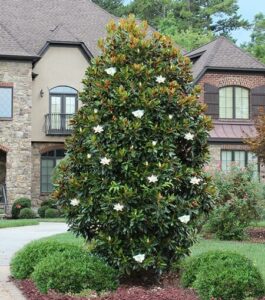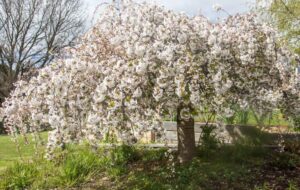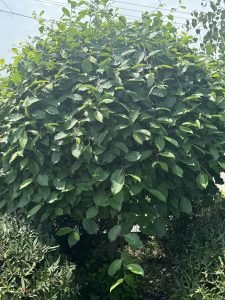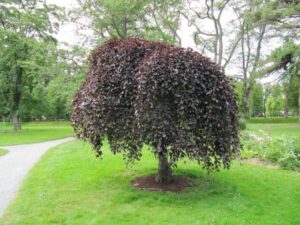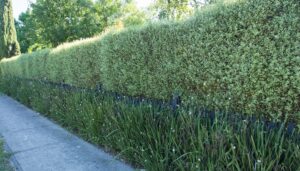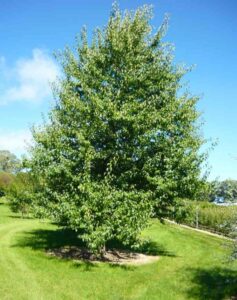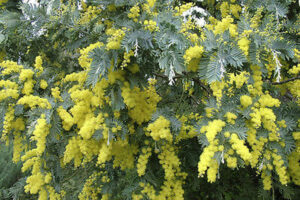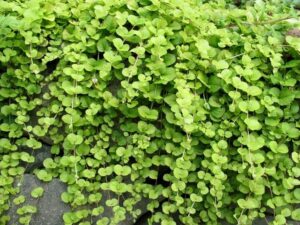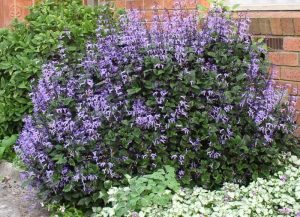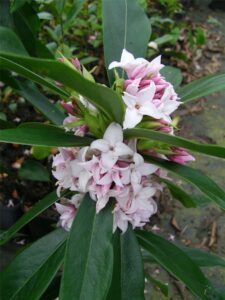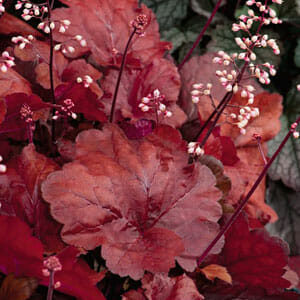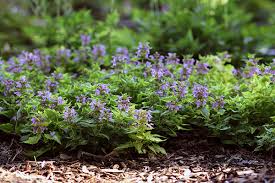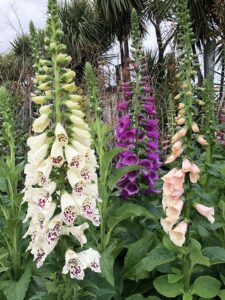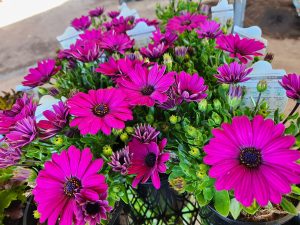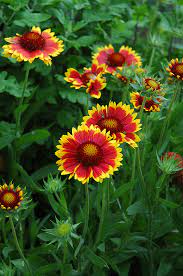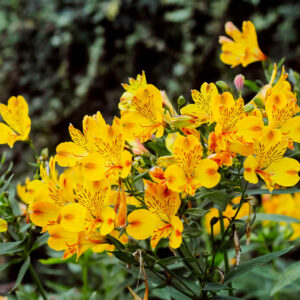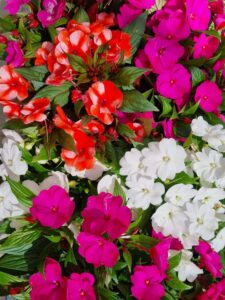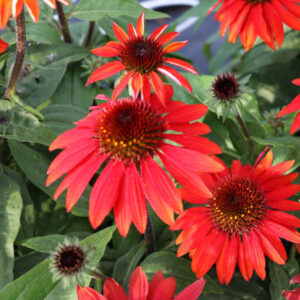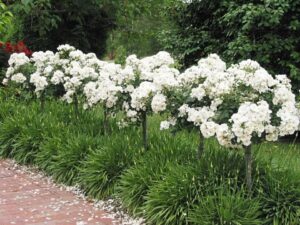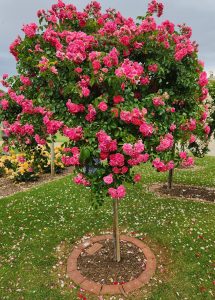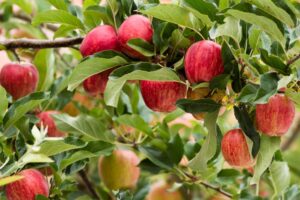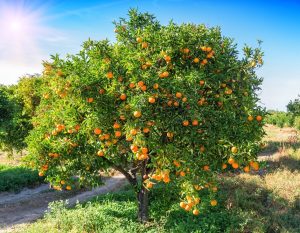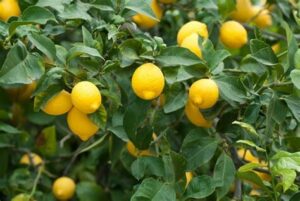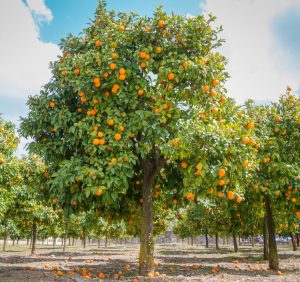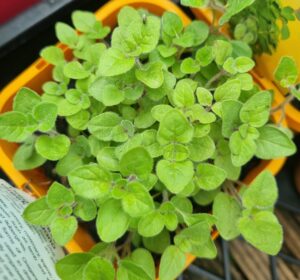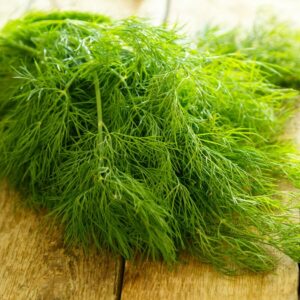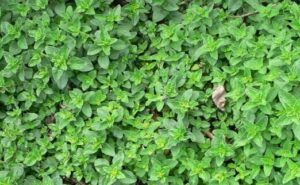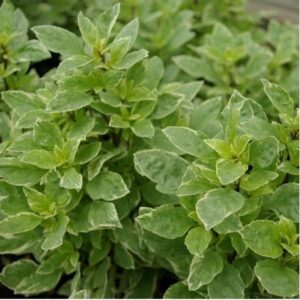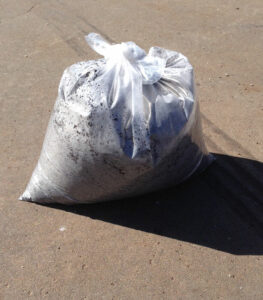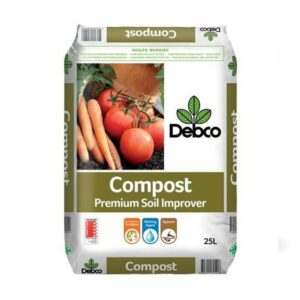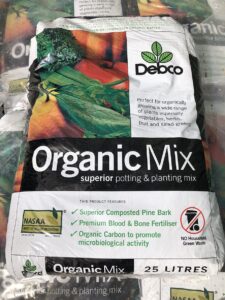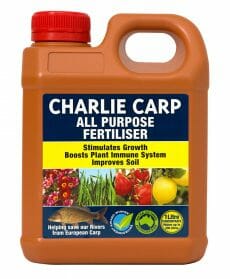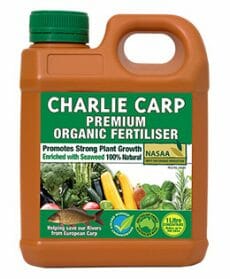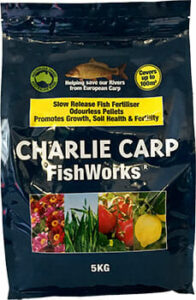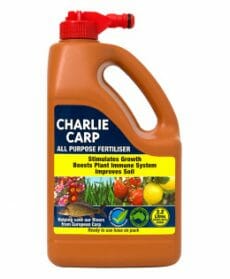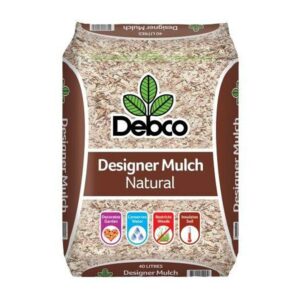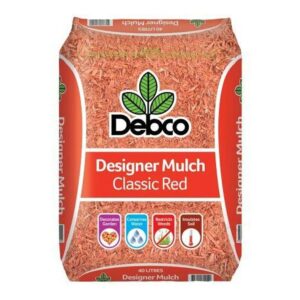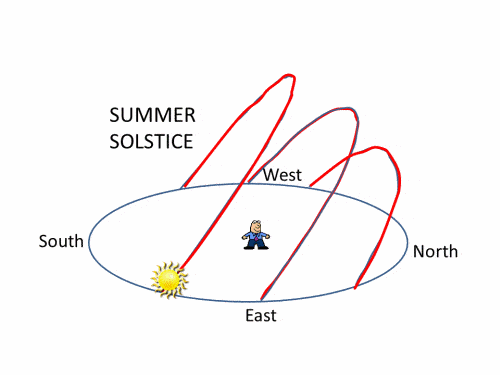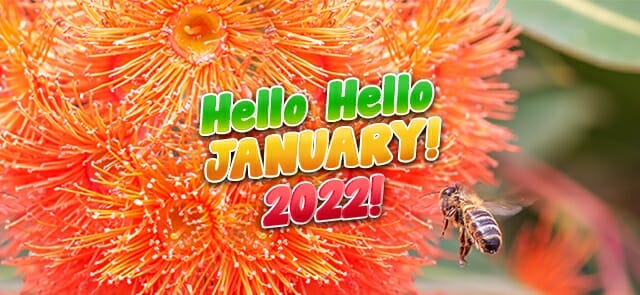
Hello Hello 2022! January in the Garden!
Happy New Gardening Year 2022 to all of you!
We hope you all had lovely holidays and are ready to tackle this new and exciting year, smash your gardening goals, and make the best of everything that life throws at you! It has been and still is a challenging time for many of us and quite uncertain when it comes to the future, but one thing for sure is the benefits that the garden can bring to your life! It will keep you busy, healthy, keep your spirits up and make your life lush and colourful! Roll up your sleeves, stick your two green thumbs up and let’s get busy for 2022!
The month of January is named after the Roman god of gates and doors, Janus, because this month is the door into the new year. Janus is also called the two-faced god and holds the key. He represents all beginnings and possesses the ability to see between what was and what is to come. We do not have the latter, unfortunately, but we can learn from the past and plan for the future! And when it comes to gardening, planning is essential. Let’s have a look at how we can put all the odds in our favor and begin (or maintain) the best garden possible in 2022!
 Melbourne in Bloom Magnificent blooms can be seen on every street corner right now, such as gorgeous purple Jacarandas, Oleanders, Canna Lilies, Agapanthus, Corymbias, Crepe Myrtles, Daisies, and so many others. If you are planning a garden makeover or if you are starting a brand new garden this year and need some help, make sure to check out our FREE Garden Design(Click Here) service with Chris, to help you plan your dream garden! We take everything into consideration when designing, such as your plant preferences, the soil type, the amount of sun your garden receives, your local council requirements, and many other things that you would not even think mattered!
Melbourne in Bloom Magnificent blooms can be seen on every street corner right now, such as gorgeous purple Jacarandas, Oleanders, Canna Lilies, Agapanthus, Corymbias, Crepe Myrtles, Daisies, and so many others. If you are planning a garden makeover or if you are starting a brand new garden this year and need some help, make sure to check out our FREE Garden Design(Click Here) service with Chris, to help you plan your dream garden! We take everything into consideration when designing, such as your plant preferences, the soil type, the amount of sun your garden receives, your local council requirements, and many other things that you would not even think mattered! 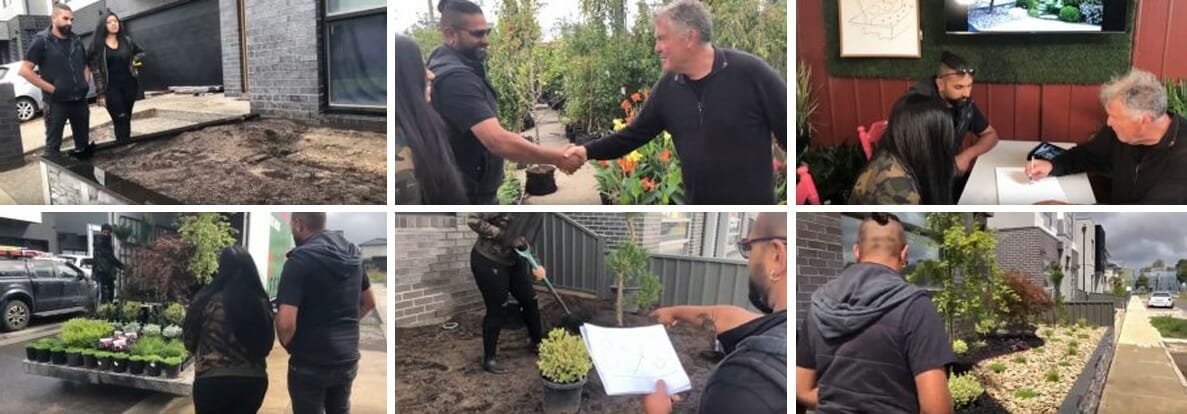 If you spend over $300 you can get FREE DELIVERY to Metro Melbourne and major regional centers!
If you spend over $300 you can get FREE DELIVERY to Metro Melbourne and major regional centers!
~~~~~~~~~~~~~~~~~~~~~~~~~~~~~~~~~~~~~~~~~~~~~~~~~~~~~~
Is Summer the right time to plant?
Summer is actually a great time to plant trees, shrubs, flowers provided the temperatures stay below 30 degrees. Here at the nursery, we plant and transplant thousands of plants during this time as the warm temperatures, combined with a good supply of water and the right nutrition, cause amazing growth and big bushy plants in no time. However, proper considerations and care must be taken in order to get the best results for your plants during this time, as we all know those hot Melbourne summer days can be real doozies!
What is your garden type?
The most popular styles are Coastal, Formal, Cottage, Japanese, Native and Tropical. (Click on links to view plants in each category). We currently have a stunning variety of gorgeous plants in the nursery to create any type of garden you wish. 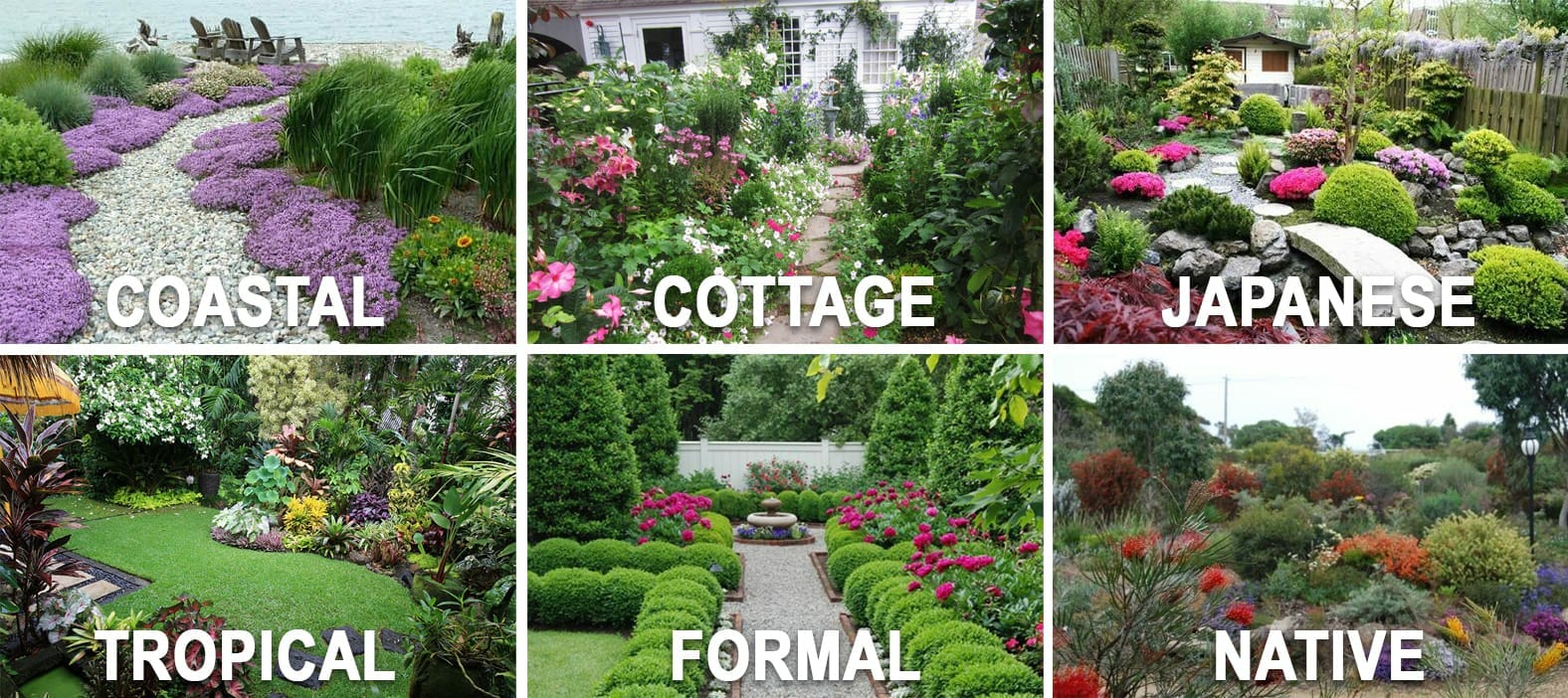
What we have in store for you!
Garden essentials: Top 8 most popular plants!
There are some plants that are just proven winners. They are hardy plants that are easy to take care of and thrive in a variety of conditions. Ideal for those looking for a fantastic garden within a certain budget.
Weeping wonders!
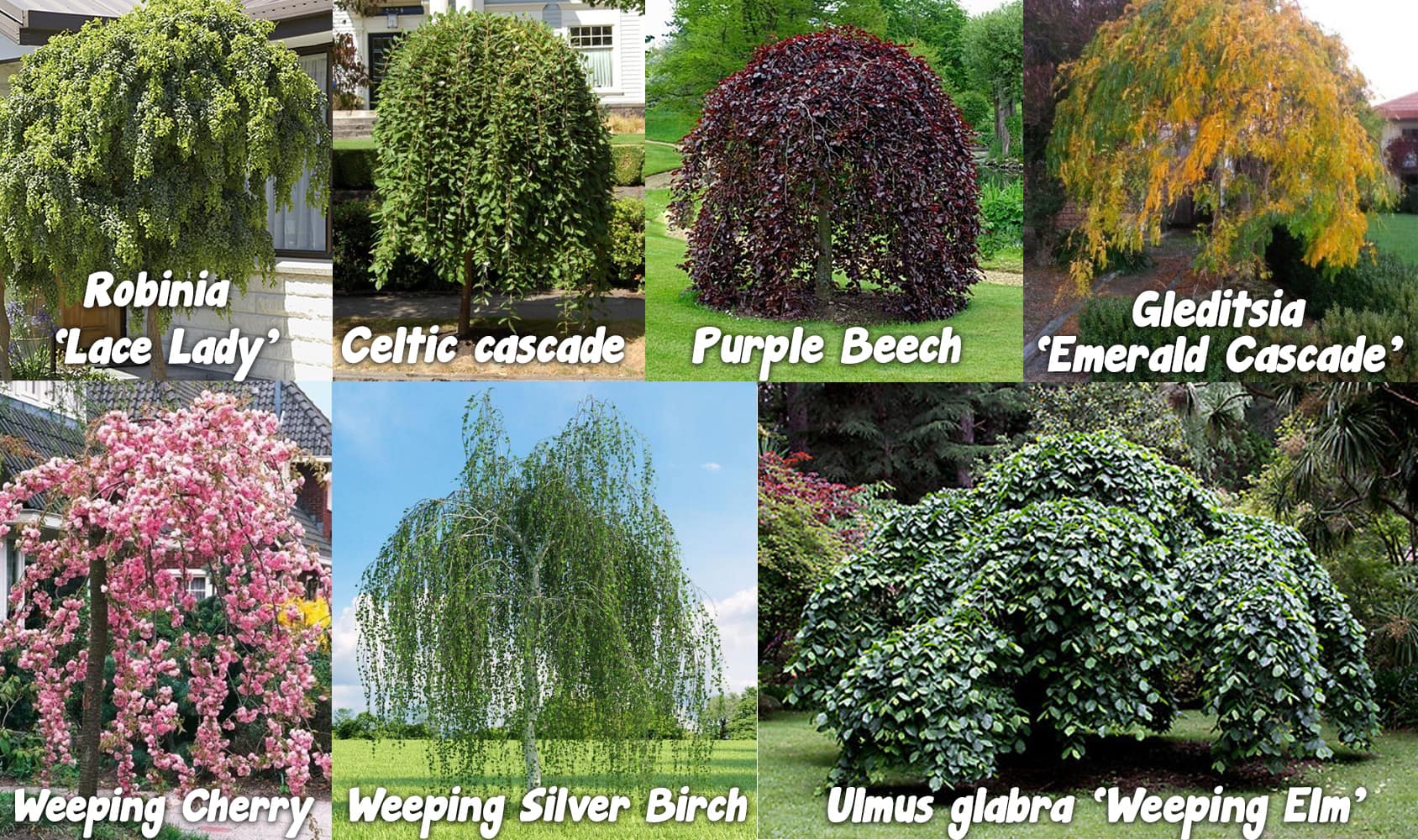 Weeping trees are a stunning feature in almost any garden. They add interest to the landscape all year long with their long weeping branches that sway gracefully in the wind. They soothe the mind and evoke feelings of serenity
Weeping trees are a stunning feature in almost any garden. They add interest to the landscape all year long with their long weeping branches that sway gracefully in the wind. They soothe the mind and evoke feelings of serenity ![]() We have the most amazing range of weeping trees for your garden in the store right now!
We have the most amazing range of weeping trees for your garden in the store right now!
Evergreen Specials!
Here are the best evergreen hedge and screening options to block out the neighbors! These do not shed their leaves in winter and give you year-round privacy. They are generally fast growers.
Cascading beautes!
 Trailing/Cascading plants have long, trailing stems. Growing them in pots hanging from the ceiling or sitting on a shelf is a great way to show them off, enabling their stems to cascade down for dramatic effect. They also make great additions to pot planters and retaining walls.
Trailing/Cascading plants have long, trailing stems. Growing them in pots hanging from the ceiling or sitting on a shelf is a great way to show them off, enabling their stems to cascade down for dramatic effect. They also make great additions to pot planters and retaining walls.
Plants for Shaded Areas.
There are some tricky spots in the garden that tend to get only a few hours of sunlight or only filtered light. Here are a few plants that are perfect to add life and colour to those shady spots.
Flowers
Now that we are in summer, flowers in the garden are competing with each other for the attention of pollinators. That means brilliant colors, big blooms, and an abundance of nectar and pollen accompanied by sweet scents to attract the bees and butterflies. Geraniums, Scaevolas, daisies, Echinacea, Salvias, Petunia, and many more are in full bloom right now. 
• We have a fantastic selection of potted colour in store right now that are already flowering or just about to flower. You can easily plant these in your garden to make it pop with interesting textures and colors all Summer long.
• Companion plants: To naturally deter many pests such as aphids and slugs and to attract the beneficials, here are a few flowers that you can plant right now: marigolds, sunflowers, asters, delphiniums, foxgloves, snapdragons, cosmos. Nasturtiums and marigolds are the best companions for Summer tomatoes and capsicums.
Roses
Roses are blooming beautifully all over Melbourne at this time of the year. Now is a great time to choose which one is your favorite in terms of color and scent, so make sure you check out our range of roses in full bloom now. It is also a good time to feed your roses with some balanced, bloom or rose fertilizer. Keep an eye out for aphids that love to feed on the fresh new flower buds. 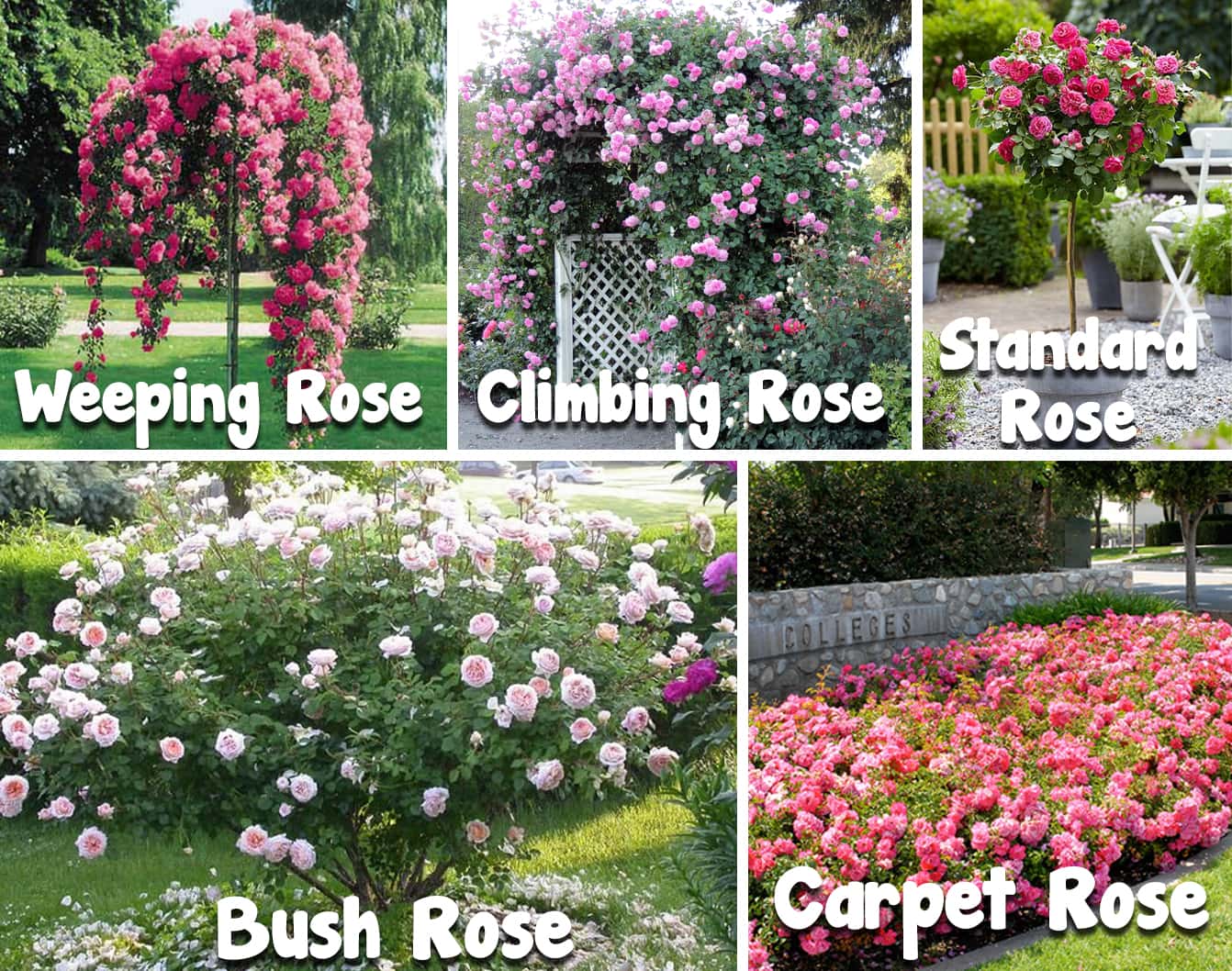 A good tip for more blooms on your roses is to dead-head the spent flowers regularly as this encourages more flowers to form. Avoid overhead watering as this can cause fungal problems. Watering early in the morning is better than in the evening. Once established, roses are quite drought hardy so water deeply only every so often. Most varieties are available in several “forms”, or shapes, such as bush form, climbing form, carpet roses, weeping roses, and as standard (lollipop shape).
A good tip for more blooms on your roses is to dead-head the spent flowers regularly as this encourages more flowers to form. Avoid overhead watering as this can cause fungal problems. Watering early in the morning is better than in the evening. Once established, roses are quite drought hardy so water deeply only every so often. Most varieties are available in several “forms”, or shapes, such as bush form, climbing form, carpet roses, weeping roses, and as standard (lollipop shape).
Fruits, Nuts & herbs
Going into your garden, picking your own fruit, and enjoying it as fresh as it can be is really a special feeling. If you choose a dwarf variety, you do not always need much space for them, as they are happy to grow in big pots and you can trim them to your preferred size. Now if you have space, by all means, plant a full-size variety and put them in the ground, and let them grow into bountiful monsters! Many fruit trees tend to drop immature fruit when it is too hot and the soil lacks moisture. So make sure you keep them very well watered in January. They usually tend to keep only a certain number of fruits. • Here is a nice selection of fruit and nut trees that we currently have in store.
-
-
Citrus ‘Lane’s Late Navel’ Orange 4L Pot
0Original price was: $54.99.$49.99Current price is: $49.99. -
-
• The secret to home-cooked, delicious meals is a garnish of fresh garden-grown herbs!
~~~~~~~~~~~~~~~~~~~~~~~~~~~~~~~~~~~~~~~~~~~~~~~~~~~~~~
Tips for a Successful Garden in 2021!
With last year’s lockdown, so many of us were stuck at home and we started gardening to keep ourselves busy and make the best use of our time. Many were new gardeners with little experience and did their best to take care of their new plants. Customers shared their success stories with us, but there was also a bit of disappointment from plants dying, despite everything being done correctly. When this happens you can be discouraged from planting again. Gardening is a series of trials and errors, and we learn from mistakes, or from the experience of others. Some plants are very hardy and tolerate a wide range of conditions, while some are very delicate and require near perfect conditions. Here are some of the main points to keep in mind that will ensure successful planting.
1. Knowing Your Soil
2. Soil Improvement & Fertilizing
3. Watering
4. Mulching
5. Sunlight & Orientation
6. Deficiencies, Pests, and Diseases
~~~~~~~~~~~~~~~~~~~~~~~~~~~~~~~~~~~~~~~~~~~~~~~~~~~~~~
1. Knowing Your Soil
Soil is a mixture of organic matter, minerals, gases, liquids, and organisms that together support life. The right mix of those components will determine if a plant will struggle or thrive where it is planted. If you have good soil on your property, consider yourself very lucky! Unfortunately, most newly developed properties in Victoria do not have good soil, which results in poor growth, stunted plants, or even the dreaded slow death of your precious leafy investments. The first thing to know is the type of soil that you have and its pH value. Soil types affect plant growth due to their properties such as water and nutrient retention, acidity/alkalinity, microbial and fungal activity just to name a few. The most common soil types in Victoria are: Gravel or sand –Soil fails to compact and runs through your fingers. Loam –Soil compacts slightly but still fragments through your fingers. Clay –Soil remains as a solid mass. There are a few methods to help you determine what soil you have such as the Jar method or the Ribbon method. (Click on links to read more)  An ideal soil would be made up of 45% minerals (sand, clay, silt), 5-10 % organic material (plant and animal), 25% air, and 25% water. The ideal mineral portion would be a loam (Loam is made up of 20 – 30% clay, 30 – 40% silt and 30 – 40% sand). Once you know your soil type, you can either choose plants that grow in these conditions or you can amend the soil to the requirements of the plants that you want. Plants that grow well in Sandy soil: This includes many of the Banksias and Grevilleas, Eremophilas, Kangaroo Paws, Westringias, Correas, Waratahs, Flannel Flowers and Callistemons.
An ideal soil would be made up of 45% minerals (sand, clay, silt), 5-10 % organic material (plant and animal), 25% air, and 25% water. The ideal mineral portion would be a loam (Loam is made up of 20 – 30% clay, 30 – 40% silt and 30 – 40% sand). Once you know your soil type, you can either choose plants that grow in these conditions or you can amend the soil to the requirements of the plants that you want. Plants that grow well in Sandy soil: This includes many of the Banksias and Grevilleas, Eremophilas, Kangaroo Paws, Westringias, Correas, Waratahs, Flannel Flowers and Callistemons.
Soil Ph is another very important factor to look into.
A soil’s degree of acidity and alkalinity is determined by measuring its pH. pH measurements are expressed as a number on a scale from 0 to 14 where 7 is neutral, less than 7 is acid, and greater than 7 is alkaline. Most soils have pH values between 3.5 and 10. In higher rainfall areas the natural pH of soils typically ranges from 5-7, whereas in drier areas the range is 6.5-9.  Soils with pH values of 6.5 to 7.5 are referred to as ‘neutral’, which is the ideal pH for most plants. Those with a pH less than 6.5 are acidic, and soils with a pH less than 5.5 are considered strongly acidic. To determine the pH of your soil, get a soil pH testing kit. It is much easier to use than you may think. Plants that grow in alkaline soils will grow in acid soils, but the reverse will not work. Most plants around the southern and eastern part of Australia grow in acid soils, however, in inland Australia the soils are more likely to be alkaline. The soil pH is very important to your plants’ growth. If the pH is wrong, certain nutrients are made unavailable to your plant. For example, if the soil is too alkaline nutrients such as Iron and Manganese are not in a form that is available for uptake by the plant. Your plant could be showing Iron deficiencies, so you apply Iron Chelate to fix the problem but little do you know that Iron will never make it into the plant because the pH of the soil is wrong!
Soils with pH values of 6.5 to 7.5 are referred to as ‘neutral’, which is the ideal pH for most plants. Those with a pH less than 6.5 are acidic, and soils with a pH less than 5.5 are considered strongly acidic. To determine the pH of your soil, get a soil pH testing kit. It is much easier to use than you may think. Plants that grow in alkaline soils will grow in acid soils, but the reverse will not work. Most plants around the southern and eastern part of Australia grow in acid soils, however, in inland Australia the soils are more likely to be alkaline. The soil pH is very important to your plants’ growth. If the pH is wrong, certain nutrients are made unavailable to your plant. For example, if the soil is too alkaline nutrients such as Iron and Manganese are not in a form that is available for uptake by the plant. Your plant could be showing Iron deficiencies, so you apply Iron Chelate to fix the problem but little do you know that Iron will never make it into the plant because the pH of the soil is wrong!  The acidity of soil can be reduced by adding Lime, and alkalinity reduced by adding elemental Sulfur, Aluminium Sulfate, or Iron Sulfate for faster results. To ensure the desired soil pH level is maintained, these treatments will have to be repeated at regular intervals and they are a gradual process, which can take up to a year to achieve the desired results. As the plants absorb the nutrients, the soil will gradually revert to its natural state. Therefore, you will have to continually treat the soil. In some situations, it’s best to just plant what is suitable for that particular soil type and save yourself time and money! Here is a map showing the surface soil pH from Agriculture Victoria. Click here to read more about soil pH in Victoria.
The acidity of soil can be reduced by adding Lime, and alkalinity reduced by adding elemental Sulfur, Aluminium Sulfate, or Iron Sulfate for faster results. To ensure the desired soil pH level is maintained, these treatments will have to be repeated at regular intervals and they are a gradual process, which can take up to a year to achieve the desired results. As the plants absorb the nutrients, the soil will gradually revert to its natural state. Therefore, you will have to continually treat the soil. In some situations, it’s best to just plant what is suitable for that particular soil type and save yourself time and money! Here is a map showing the surface soil pH from Agriculture Victoria. Click here to read more about soil pH in Victoria.
Saline & Sodic Soils (Salty soils) are also a significant problem in Victoria.
There are two types of salty soils: Saline soils and Sodic soils. Saline soil is a soil with a high content of soluble salts that can draw moisture out of the plant through osmosis and cause dehydration. This can cause a decline in yield or even the death of the plant. Sodic soil has high levels of exchangeable sodium that cause the soil particles to disperse instead of clumping together. This causes the soil to become less permeable, not allowing water and air to get through to the roots of the plant or allow excess salt to dissolve and be washed away. Saline soils commonly have a pH below 8.5, whereas Sodic soils have a pH between 8.5 and 10. So from our previous pH segment, you will know that a pH level this high can severely affect your plant’s growth! It is estimated that at least 59.0 % of Victorian soils are salty. If you are buying soil in bulk from a supplier, it is always good to take a sample for a pH test and also a few buckets worth for planting a few plants in, to see how well they grow. Alternatively, most soils in bags, from trusted brands, are the best option, although quite costly if you have a big area to fill up.
 Click here to read more about it and see a map of Salty soils in Victoria.
Click here to read more about it and see a map of Salty soils in Victoria.
How to ‘Fix’ Salty Soils
Correct the pH gradually by adding acidic soil mix, elemental sulfur, composted pine bark(not fresh), and lots of organic matter. Preferably sheep, cow manure, or compost. Not mushroom compost and not chicken compost, which are too alkaline. Finally to make the soil more active with microorganisms, give it a good soak with water, then apply some liquid fertilizer like Charlie Carp, Gogo juice, or compost tea as these will introduce beneficial bacteria into your soil. These bacteria will break down the sulfur and normalize your pH over the course of 6 months to 1 year.
~~~~~~~~~~~~~~~~~~~~~~~~~~~~~~~~~~~~~~~~~~~~~~~~~~~~~~
2. Soil Improvement & Fertilizing
• The best philosophy is that healthy soils will produce healthy plants. “Feed the soil and not the plant” is the holy mantra of organic gardening. Improve the growth, health, and yield of your plants by nurturing the soil as an alternative to using fertilizers. You can do that by restoring the beneficial microbial activity in your soil with some compost tea and top dress your soil with compost, manure, and also some blood and bone meal.
• Turning the soil over is not recommended as it disturbs the delicate worm tunnels and fungal networks called mycorrhizae, which take time to build and are important for good soil-plant symbiosis. Tilling is only recommended to amend very bad soil.
• It is best to give some liquid feed to Summer flowering annuals every couple of weeks with a complete liquid fertilizer, to encourage healthy and vigorous new growth. You can also add some slow-release granular fertilizer that will feed your plants over a period of 3 to 6 months.
• In addition to the normal microbial-dominated compost, feed your soil with a good mix of fungally dominated compost, made mostly from composted woody material such as woodchips, bark, etc, and Fungal compost encourages soil fungal networks called mycorrhiza, which are tiny white filament root-like structures that permit the plant to obtain additional moisture and nutrients. This is particularly important in the uptake of phosphorus, one of the major nutrients required by plants. When mycorrhizae are present, plants are less susceptible to drought stress. And also if you see mushrooms pop up in your garden, it means that your soil is healthy!
• Finally, you can plant nitrogen-fixing plants such as Vetch (Vicia sativa), Comfrey (Symphytum), and White Clover (Trifolium repens). These are great for a chop-and-drop or turning over back into the topsoil. When they decay they feed the worms and microbes to produce humus, which is a dark, organic material, that greatly improves the soil.
~~~~~~~~~~~~~~~~~~~~~~~~~~~~~~~~~~~~~~~~~~~~~~~~~~~~~~
3. Watering
We all know about that overly dramatic plant that wilts when you forget to water it for one day! It just goes to show how vital water is to healthy plant growth. Not too much, not too little, plants need the right amount, at the right frequency.
Here are 10 tips for better watering:
• Focus on the root zone. Remember that it’s the roots that need access to water, not the leaves. Wetting the foliage is a waste of water and can promote the spread of disease.
• Water only when needed. Automatic watering timers are especially useful; just make sure to watch the weather, and reduce frequency when rainfall is abundant, and increase the duration of watering when it is very hot. Too much moisture can be just as damaging to plants as too little.
• Water deeply and thoroughly. Lawns and annuals concentrate their roots in the top 6″ of soil; for perennials, shrubs, and trees, it’s the top 12″. In heavy soil, it may take hours for the water to percolate down 6-12″. Use your finger or a shovel to check the progress.
• Do a Soil percolation test, to determine how fast your soil drains water downwards and determine if it requires any amendment, and adjust your watering according to the results. Remember that clay soil for example has poor drainage and causes waterlogging, which kills plants by causing root rot.
• Water in the morning. If you do get moisture on the leaves, this gives them time to dry out. It’s much more difficult for plant diseases to get a foothold when the foliage is dry. 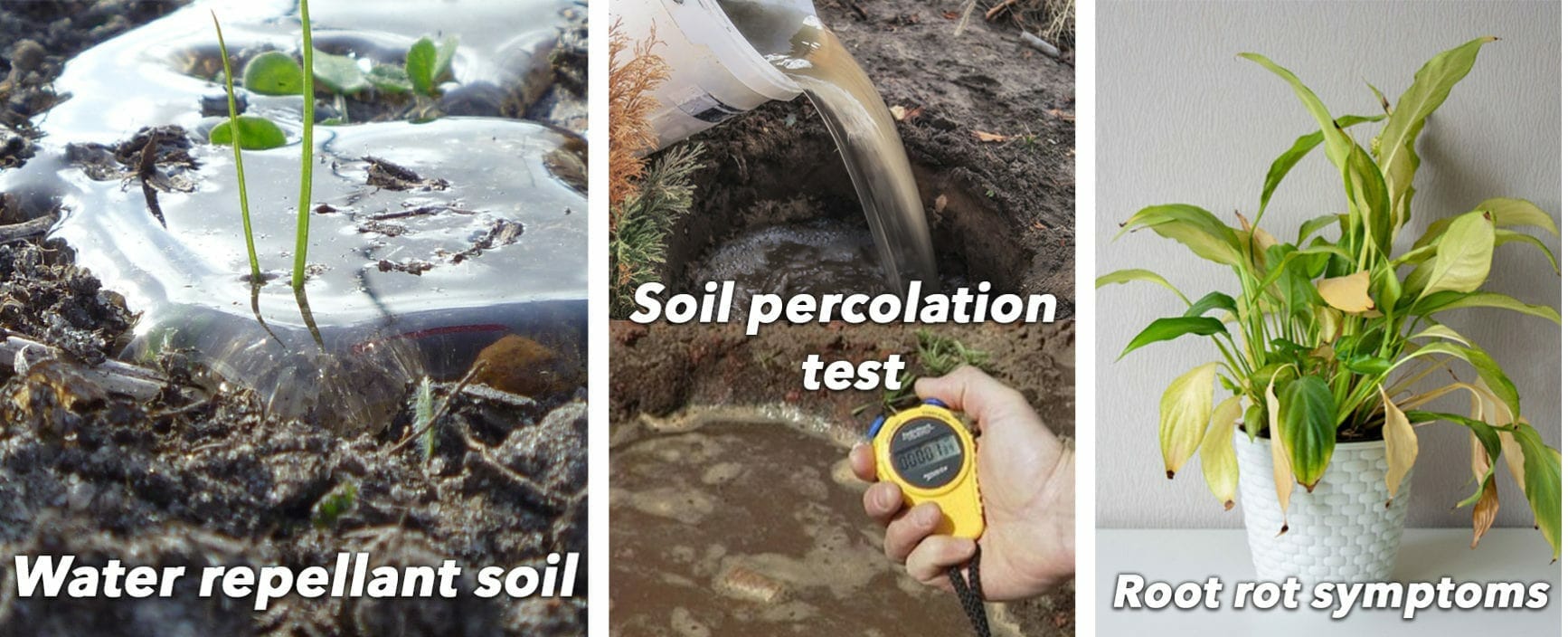 • Use the right tool. For efficient watering at the root zone, use a soaker hose or an even more precise drip irrigation system instead of a sprinkler. Make sure to calculate the flow rate of your dripper and the right duration to ensure that your plants are getting the right amount of water.
• Use the right tool. For efficient watering at the root zone, use a soaker hose or an even more precise drip irrigation system instead of a sprinkler. Make sure to calculate the flow rate of your dripper and the right duration to ensure that your plants are getting the right amount of water.
• Replace your 12mm common garden hose with an 18mm professional one, for a higher flow rate and more effective watering that actually penetrates to the root of the plant instead of just wetting the surface. Wet topsoil does not mean that the water is going to where it is most needed.
• Know the watering requirements of your plants. Some plants need a lot of water, while some plants are drought tolerant, once established. Drought tolerant means, once established, the plant will be able to tolerate periods of low watering or dryness.
• Apply a soil wetting agent if you have water repellent or hydrophobic soil. It will help with water absorption, particularly if you have sandy soil or pots that are filled with potting mix. Wetting agents break down the waxy residue build-up that is caused by lack of water in the soil. If you want to use a water-storing gel, remember, it will eventually dry out, so it is imperative that you continue watering.
• If you are going away for a few days, move your potted plants to a morning sun or shaded area, and make sure to give them a good drenching. Fill up the saucer with water for an extra supply. Also, look into wicking systems, or drip bottles for automatic watering.
~~~~~~~~~~~~~~~~~~~~~~~~~~~~~~~~~~~~~~~~~~~~~~~~~~~~~~
4. Mulching
• When the summer heat comes round, it is important to have a nice thick layer of mulch on your soil to keep some moisture in the ground and also keep the roots of your plants cool. Mulch should be used to cover exposed dirt around plants for weed reduction and water evaporation control. However, the most common mistake when using mulch is spreading too thin or too thick around the plants. The suggested depth of mulch is 2-3” for new garden beds. This will reduce the frequency of watering and prevent your plants to go through heat and drought stress.
• If you are putting mulch for the first time, choose the right ones as they slowly change the PH of the soil when they break down. Pine bark mulch creates acidity when breaking down, so it is perfect for Azaleas or Camellias, whereas pea straw or sugarcane are recommended for veggie beds.
• Make sure to not mix in mulch with the soil, especially wood chips, as these rob nitrogen from the soil which is precious for plant growth. Wood chips are to be used as surface mulch only. 
• Do not put mulch too close to the trunk but rather around it, as this will encourage the roots to grow outwards to find water and make them stronger. Also, make sure to give the soil a good soak before applying mulch and then water the mulch. Dry mulch absorbs moisture from the ground, which is the opposite of its intended purpose! When watering over mulch, remember you will need some extra water to make sure it penetrates through the mulch and into the soil.
5. Sunlight & Orientation of the Garden
The sun is essential for plants to grow. It provides light energy plants need to convert into food by the process called photosynthesis. Photosynthesis is the conversion of carbon dioxide, water and minerals into organic compounds that the plant uses to grow. During this process, the plant also produces a by-product: oxygen! Some plants need full sun to thrive and others can cope with part to full shade. It is important to observe the amount of sunlight and shade your garden receives to determine what plants would grow well. Within your garden, you are likely to have a range of micro-climates. The orientation of your house and other structures create different conditions on your site. This will affect the availability of light, warmth, and water for plants. In Australia, each day the Sun moves in an arc that is always tilted at 32° to the vertical and with the highest point towards the north. Its path and highest point change during the seasons.
North Facing Garden The sun spends most of its time in the northern sky as it travels from east to west. In winter it stays low in the sky, so you want to maximize the amount of sunlight coming through from that direction. It is the ideal spot for plants that love full sun and great for indoor plants by the window.
South Facing Garden A south-facing wall gets the most rain and will collect the wettest weather and is more protected from the warmer drying winds and sun from the north. If you have any plants that are not drought tolerant and prefer a bit of shade, this is an ideal spot for them. Many of the plants you find being sold as indoor plants are adapted to these shady areas.
East Facing Garden An east-facing garden suits many plants that enjoy the milder morning sun but are vulnerable to the afternoon heat during summer. As most of our weather comes from the west, the east side can miss out on getting adequate natural rainfall. So, keep an eye on plants there, to make sure it doesn’t get too dry, particularly beneath the eaves of the house. Growing dry tolerant plants here would be wise.
West Facing Garden Most of the weather comes from the west, including warm north westerlies and cool south-westerlies. It is also the direction of the harsh afternoon summer sun. Melbourne’s summer afternoon sun is much more brutal than most would realize. On days above 30 degrees, it is very hot and dry, causing some plants to die in a matter of hours if they don’t have sufficient access to water. This is where you will most likely want some protection. Taller buffering shrubs or trees that can screen the home from the more aggressive weather are a good idea.
~~~~~~~~~~~~~~~~~~~~~~~~~~~~~~~~~~~~~~~~~~~~~~~~~~~~~~
6. Deficiencies, Pests & Disease
Most problems with plants can be fixed by reading the health of your plants, and taking prompt action if there are any problems. Take a closer look at the foliage and its underside. Is it looking as healthy as it can be, or are there signs of deficiencies? Most of them can be easily fixed with some good supplementation of nutrients or watering with some trace minerals. Click here to view a chart of the various deficiencies in plants.
Warm weather and humid conditions create the perfect mix for a host of pests and diseases with plants. Identify them early, treat them, and keep your plants healthy all through summer.
• Powdery mildew is one of the most commonly occurring plant problems. It is a fungal disease that affects plant leaves and stems, coating them in what looks like a white or gray powder-like substance. In severe cases, powdery mildew can even spread to the buds, flowers, and fruits of plants. A simple remedy is a good spray of the following mix: 1 tablespoon baking soda with 1 tablespoon vegetable oil and 1 teaspoon dish soap in 1 gallon of water. Another option is a mix of 1 part milk with 10 parts of water.
• Aphids, thrips, and mites. With the warm weather, these sap-sucking insects find their way into our garden to feast on all the new growth. If there are not too many, you can leave them to help build the beneficial insect population that will then take care of the bad bugs for you later on. Adult aphids eat thrips and mites. Ladybugs also eat aphids, thrips, mites, and whitefly. If you have an infestation, on the other hand, you can make some homemade aphid spray to apply under the leaves of affected plants. Mix 2 tsp vegetable oil, 1 tsp dishwashing liquid, and some garlic cloves crushed, mixed in 1lt of water, and left to infuse overnight. This is completely safe for other beneficial insects. Also, think of planting some beneficial insect plants that will attract ladybirds and they will take care of aphids for you. A favorite plant for ladybirds is the Angelica herb.  • For ants you could sprinkle some diatomaceous earth on the ground where there is a lot of ant activity but only when it is dry. You will have to reapply it after it has rained. It is a natural organic control method that will not harm other insects.
• For ants you could sprinkle some diatomaceous earth on the ground where there is a lot of ant activity but only when it is dry. You will have to reapply it after it has rained. It is a natural organic control method that will not harm other insects.
• Psyllids are tiny (native) sap-sucking insects that are occasionally referred to as plant lice. They congregate in large numbers and can disfigure the new growth primarily on their chosen host plant of many Lilly pilly and Eucalyptus species. They are almost always found on the underside of the new foliage. They usually target unhealthy and vulnerable plants so make sure to keep your plants fertilized and as healthy as possible. New foliage can show signs of dimpling or bubbling and give the impression that it is a disease. Older foliage is often left untroubled. Although psyllid attack can occur anytime between early spring and mid – Autumn. The main times for control is October through March. This coincides with the breeding cycle of the insect. You can remove affected leaves and spray the plant with some natural products such as horticultural oils or neem oil. Ladybirds and lacewing insects are natural predators to psyllids so encourage them in your garden by planting some beneficial plants such as Angelica, dill, coriander, etc. 
• Keep an eye out on your Rose plants for common diseases such as black spot, rust, and mildew. If you have noticed any fungal disease in the past on your plants, you can spray them with some organic copper-based fungicides. 
Deadheading, & Weeding
• Deadhead the spent blooms on your summer flowering plants such as roses, cosmos, foxgloves, etc as this will encourage a second flush of flowers for the next month or so.
• Stay on top of the weeds. With the summer heat, weeds steal water from other plants, so make sure to pull them out by the root and mulch over. It is easier to get to them while they are still small so get onto them quickly! The best method for weeding is to weed after it has rained. Rain causes the soil to loosen, making it easier to get the whole root system of the weed out. It is important to get the whole root system and not just snap the top of the weed off. Snapping the top of the weed off basically encourages it to grow more! For bigger weeds like Dandelion, use a kitchen butter knife to get down into the soil next to the weed. It causes less disturbance to the soil than digging or pulling them out.
That’s it for this month!
Wishing you all the best in the garden! Keep smiling, be happy and as usual, stay safe lovely people 🙂
Gardening January 2022 Melbourne, Victoria, Australia.



